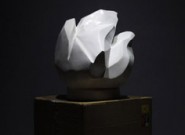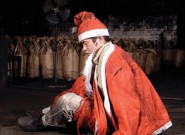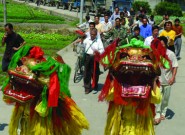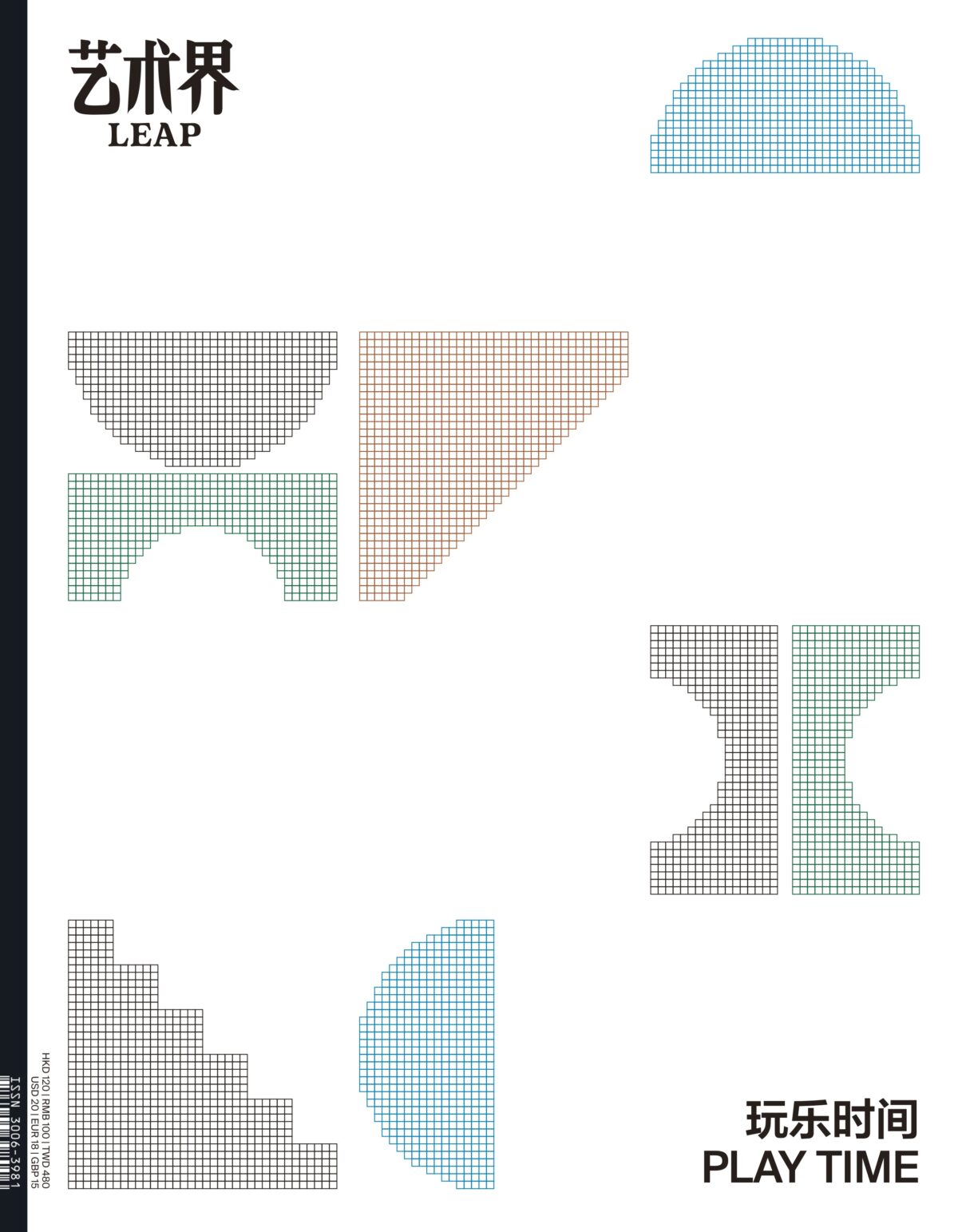“Conception As Enzyme” is consistent with curator Bao Dong’s overall curatorial and critical direction. A creative experiment based on the notion of “conception,” the exhibition resorts to an in-depth discursive and representative exploration that opens out into a profound inspection and review of present reality. The venue’s set-up is a visual labyrinth that consumes the…
Read MoreThe latest incarnation of Heman Chong’s work with the lives of books reaffirms him as a straight-talking artist who reserves a place for the personal and the material within the gestures of post-conceptual art. The London-trained Singaporean artist who is represented by Vitamin Creative Space (Guangzhou/Beijing), delves into literature and yet side-steps the prosaic to…
Read MoreLu Yang’s recent Shanghai solo exhibition—a series of works that straddles the two major topics of science and alternative culture—displays her works in simple, easily recognizable formats: sketched diagrams, stylized videos, lo-fi laser projections. The light, upbeat presentation of the exhibition actually serves to transform it into a profoundly ironic contemplation of our world; taken…
Read MoreStarting off in September 2009, Jiang Zhi’s solo outing “Attitude” passed from Shanghai to Hong Kong to Beijing in his largest scale, longest spanning exhibition yet. Jiang Zhi used video, installation, painting, and a variety of other methods to focus on the expression of the “rhetoric of the subject” and “the relationship between body and…
Read MoreHu Xiaoyuan and Liang Wei’s solo exhibitions opened successively in 798; separate spaces exhibited both of the artists’ four most recent video installation pieces. The works of the two artists not only are of similar volume, but also similarly feature the use of multi-channel monitors. Both made coinciding choices regarding form, electing to embody the…
Read MoreIt is usually just as dusk approaches: Michael Wolf silently scales a high-end office building downtown, resisting gales of wind as they howl across the concrete jungle. He raises his sniper rifle, holds his breath, and takes aim. His armament of choice: a medium format camera. His targets: New York, Chicago, Hong Kong, Tokyo, Paris,…
Read More“Brussels Body Speech,” the cultural promotion project of Brussels’ regional government at the Shanghai World Expo, had an obvious purpose: to generate interest in the arts and culture of Brussels and Belgium through the use of “art” as an “ambassador.” Fortunately, this was not just another instance where curators load up on cultural postcards in…
Read More“Woodcuts in Modern China” offers a concise history lesson in two small gem-studded rooms. The exhibition is also conceived as a somewhat more intimate conversation between contemporary woodblock artists and early twentieth-century masters that preceded them. The older work is drawn from the Theodore Herman collection, a trove of more than two hundred prints obtained…
Read MoreThe museum system’s function within our contemporary art ecosystem is to aptly reflect a certain national condition. Whether nationally or privately operated, the majority of art museums currently keep to the baseline function of serving as public institutions of art, taking a piecemeal, case-by-case approach to collection and exhibition, and seldom carrying out such social…
Read MoreAs with all cities whose cultural resources are unevenly distributed, the most lively art spaces in Xiaozhou village were once scattered along the periphery. But now, with the XiaoZhou-Art Festival, the town has come alive. After the successful hosting of three sessions, the event has already become Guangzhou’s most dynamic folk art festival, a low-cost…
Read More[portfolio_slideshow timeout=7000 exclude=”5167,5171,5503″] A BRIEF HISTORY OF SPACE Art spaces in China have evolved the hard way, through a long process of selection and replacement. We look at some of the places and people who have made this happen. BACK IN THE DAY: ALTERNATIVE SPACES IN THE EARLY YEARS LEAP chats with some of the…
Read MoreThe Chinese name for the material consists of the characters for “cliff” and “color.” The Japanese call this material iwae and the Taiwanese call it jiaocai. By any name, its is a compelling story of an ancient skill, its transmission out of and back to China, and its somewhat awkward attempt to find a place in art today.
Read MoreArrow Factory A spatial limitation forces a turn to other approaches. It was the spring of 2008, and the city of Beijing was scrambling to prepare itself for the Olympic Games. Off the Airport Expressway, 798 and Caochangdi—infamous hubs of galleries and museums exhibiting contemporary Chinese art— were experiencing unprecedented growth. Meanwhile, in the center…
Read MoreChen Xiaoyun’s enigmatic videos have defied critical interpretation for the better part of a decade, and inspired a younger generation of artists to veer experimental. A recent solo show at the Beijing branch of ShanghART Gallery showed him to be refining his concerns even further, externalizing an internal hysteria that runs just below the surface of Chinese society.
Read MoreThe little town of Jincheng is built around a paper mill. The mill, erected in 1939, has survived many periods—from the Japanese occupation to the civil war to the Cultural Revolution. It was first called Jinzhou’s “Barbu” Co. Ltd. and then went through a string of names as a state-run Jinzhou paper mill, before finally ending on its current name:…
Read MoreInside the Chinese art world, people tend to think of the Sichuan artists (which we should define as those coming from the southwestern area of China centered on Chongqing and Chengdu) as belonging to a tight, perfectly ordered community. This impression might initially come from their easily recognizable accents and common love of hot pot—a shared sensorium based on a rich,…
Read MoreCharacterized by a reflective architecture of glass and steel and culturally dominated by a visually rich cinematic tradition that merges seamlessly with tourism marketing, Hong Kong does not lack for specular images of its urban core. In the now-classic films of Wong Kar-Wai and John Woo, the surface of the city emerges primarily through textural definition: the sweaty glint of neon…
Read MoreZhang Ding produces intriguing art, which he then dismisses with a gentle smile as “having no meaning.” He does acknowledge that his work should induce a “strong feeling,” but never lets on exactly what sort. In China as elsewhere, artists often avoid explaining their works, affecting a simple nature in order to protect their ideas. Yet even against this background of…
Read MoreThe first thing Zhou Bin did after he had ended his sojourn in the Beijing artists’ villages of Yuanmingyuan and Songzhuang and settled in Chengdu in 1998 was stage a performance. For this work, titled Historical Watermark, he used river water to wash a human form (or perhaps that of the Buddha) onto a stretch of old city wall slated…
Read More1 Almost every Fujianese family has a child who has left home to find work. In New York, only the Fujianese mafia competes with the Sicilian. In Europe, Fujianese farmers exploit Westerners’ worship of organic produce, substituting Oolong tea for red wine and selling shoes made in Jinjiang, Putian, and Fuzhou in the process. In the world of art, Fujianese…
Read More














